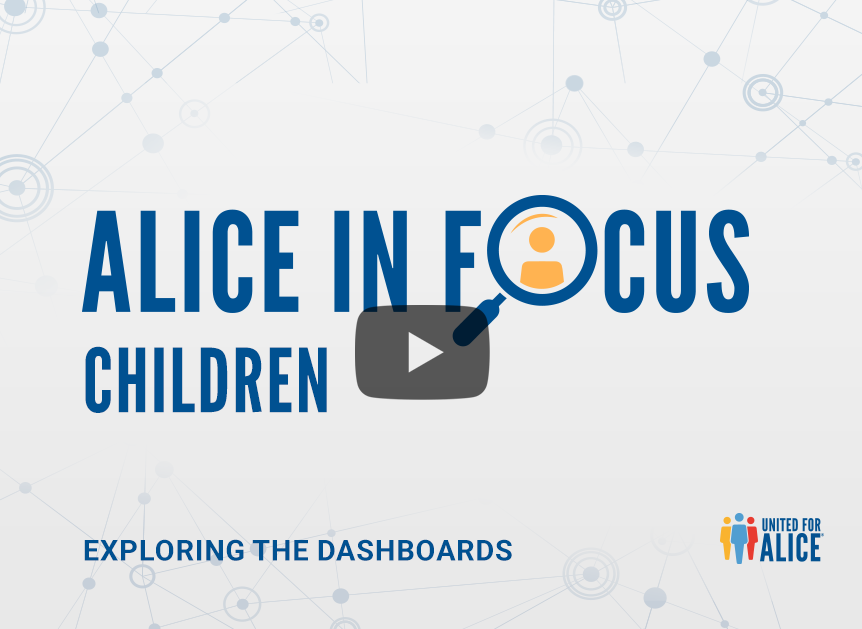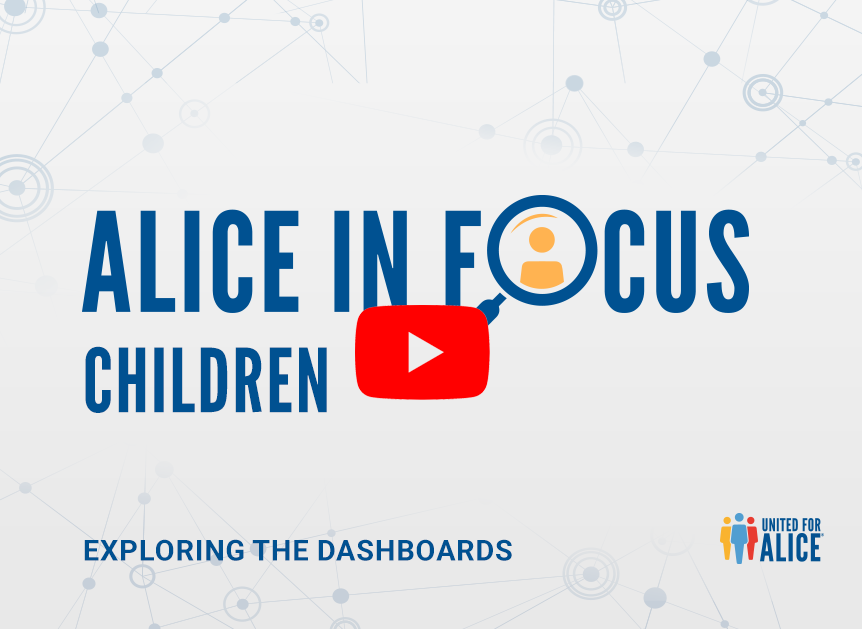Boghani, P. (2017, November 22). Frontline. How poverty can follow children into adulthood. Broadcast, PBS. https://www.pbs.org/wgbh/frontline/article/how-poverty-can-follow-children-into-adulthood/
Braveman, P.A., Arkin, E., Proctor, D., Kauh, T. & Holm, N. (2022, February). Systemic and structural racism: Definitions, examples, health damages and approaches to dismantling. Health Affairs, 41(2). https://doi.org/10.1377/hlthaff.2021.01394
Children's Defense Fund. (2023). The State of America's Children 2023. https://www.childrensdefense.org/tools-and-resources/the-state-of-americas-children/
Gennetian, L. A., & Hirsch-Pasek, K. (2020, May 13). Where’s the rallying cry? America’s children are unequally prepared to absorb the impacts of COVID-19. The Brookings Institution. https://www.brookings.edu/blog/education-plus-development/2020/05/13/wheres-the-rallying-cry-americas-children-are-unequally-prepared-to-absorb-the-impacts-of-covid-19/4
Hanks, A., Solomon, D., Weller, C.E. (2018, February 21). Systemic inequality: How America’s structural racism helped create the Black-White wealth gap. The Center for American Progress. https://www.americanprogress.org/article/systematic-inequality/
Miller, P., Podvysotska, T., Betancur, L., & Votruba-Drzal, E. (2021). Wealth and child development: Differences in associations by Family Income and Developmental Stage. RSF: The Russell Sage Foundation Journal of the Social Sciences, 7(3), 154. https://www.rsfjournal.org/content/7/3/154
Mulkey, S. B., Bearer, C. F., & Molloy, E. J. (2023). Indirect effects of the COVID-19 pandemic on children relate to the child’s age and experience. Pediatric Research, 94(5), 1586–1587. https://doi.org/10.1038/s41390-023-02681-4 https://www.ncbi.nlm.nih.gov/pmc/articles/PMC10242215/#:~:text=The%20COVID%2D19%20pandemic%20has%20had%20significant%20indirect%20effects%20on,on%20social%20determinants%20of%20health
Oberg, C., Hodges, H.R., Gander, S., Nathawad, R., & Cutts, D. (2022). The impact of COVID-19 on children’s lives in the United States: Amplified inequities and a just path to recovery. Current Problems in Pediatric and Adolescent Health Care, 52(7 https://www.ncbi.nlm.nih.gov/pmc/articles/PMC8923900/
Pika, J. (2020, July 23). One thing leads to another: Financial hardship, family well-being and the impact on young children. Center for the Study of Social Policy. https://www.nccp.org/wp-content/uploads/2020/10/Deep-Poverty-Report-11.11.20_Final.pdf
Pika, J. (2020, July 23). One thing leads to another: Financial hardship, family well-being and the impact on young children. Center for the Study of Social Policy. https://cssp.org/2020/07/one-thing-leads-to-another/
The National Academies of Sciences, Engineering, and Medicine. (2019, February 28). A roadmap to reducing child poverty. https://www.nap.edu/child-poverty/
United For ALICE. (2019). The consequences of insufficient household income. https://www.unitedforalice.org/consequences
Zero to Three. (2022, February 7). Pathways to prosperity: Report from a convening on economic security for families with infants and toddlers. https://www.zerotothree.org/resource/4294-pathways-to-prosperity-report-from-a-convening-on-economic-security-for-families-with-infants-and-toddlers
Zippel, C., & Sherman, A. (2021, February 25). Bolstering family income is essential to helping children emerge successfully from the current crisis. Center on Budget and Policy Priorities. https://www.cbpp.org/research/poverty-and-inequality/bolstering-family-income-is-essential-to-helping-children-emerge


